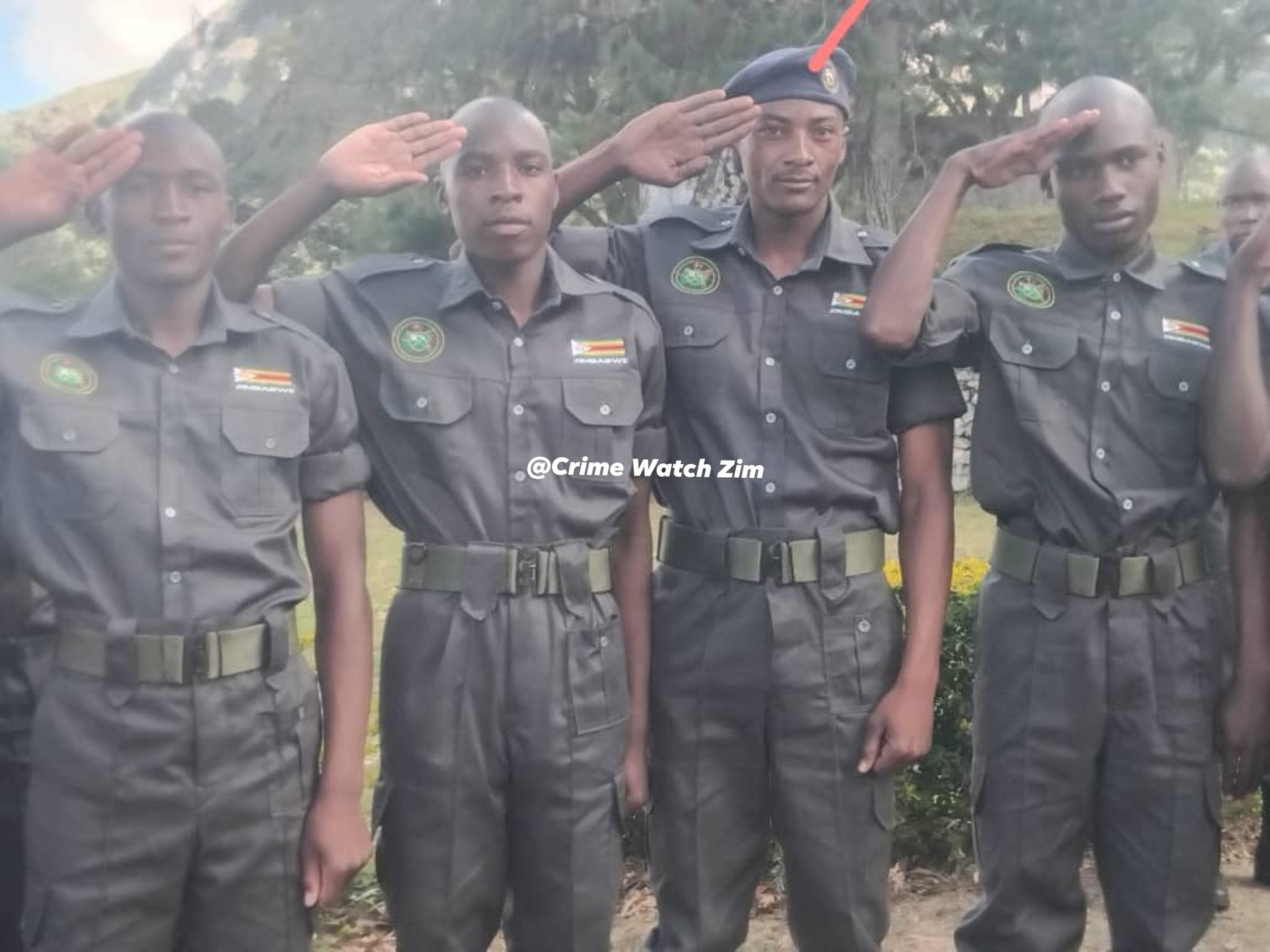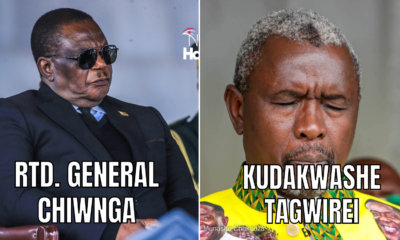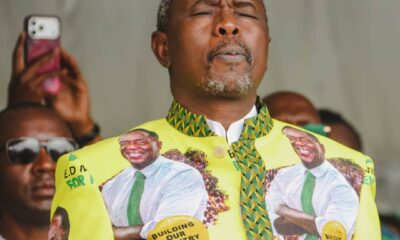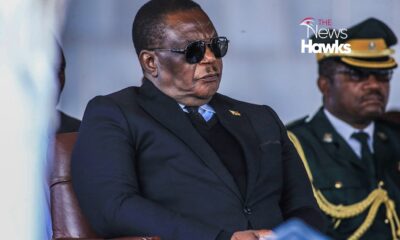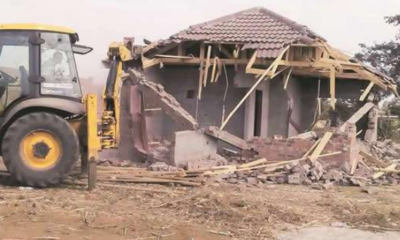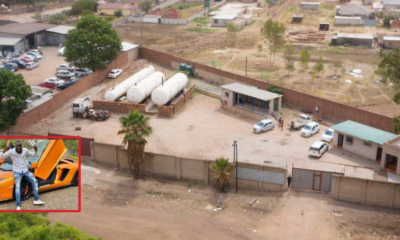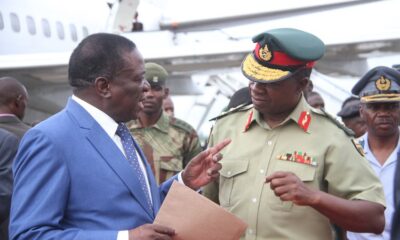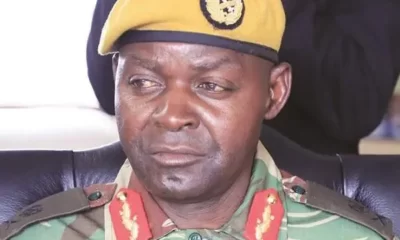NATHAN GUMA
POLITICAL analysts say the relaunch of the Youth Service of Zimbabwe (YSZ), formerly the National Youth Service (NYS), shows how the ruling Zanu PF party is desperate to consolidate power through violence ahead of the 2028 general elections.
Late last month, President Emmerson Mnangagwa launched the YSZ in Uzumba-Maramba-Pfungwe, which is set to train 10 000 youths drawn from the country’s 10 provinces, amid indications that he is plotting to extend his second and final term of office beyond the constitutionally mandated 2028.
The YSZ is a reincarnation of the Zanu PF youth militia introduced in 2000 by the late political commissar Border Gezi and faced rounds of international criticism amid accusations of gross human rights violations committed on behalf of the ruling Zanu PF.
Nicknamed the “Green Bombers”, the youths were notorious for their political thuggery.
National Youth Service shock troopers were unpopular for human rights violations including rape, torture, harassment and intimidation of opponents of then president Robert Mugabe.
Its revival has raised eyebrows, raising fears that it may be used as a political weapon by President Emmerson Mnangagwa, who has been seeking to extend his tenure via the backdoor, amid growing tension and factional infighting within Zanu PF.
University of Zimbabwe-based political scientist Professor Eldred Masunungure said the re-launched youth service is worrisome as it is likely to stray from its mandate and be used as a political tool by Zanu PF.
“While the idea and policy of national youth training is a noble one and is practised in many countries, including the most developed and mature democracies, it is the manner in which it was deployed in Zimbabwe from 2001 that sends shivers down the spines of many innocent and peace-loving Zimbabweans, especially those who are neither members nor supporters of the ruling Zanu PF,” Masunungure told The NewsHawks.
“In short, it is the partisan politicisation of the programme and its abuse as a party militia for malevolent purposes that was of deep concern to many and its re-introduction re-ignites that fear and trauma, especially in places where the militia was most active.”
Masunungure said while the programme is being rolled out to promote and nurture patriotism, discipline and hard work, there is little doubt that it will be used primarily as an instrument of power consolidation at both the presidential and party levels.
“This most likely will include mobilisation of the membership and indeed the population as a whole to rally around the ambition to either engineer a third term or extend the current term to 2030. As such, many are justified in being apprehensive about the intentions of the resuscitated programme,” he said.
Political analyst Rashweat Mukundu said nothing positive has come out of the youth service, as it has been tainted by partisan Zanu PF interests.
“Essentially, it is a Zanu PF youth service,” Mukundu said. “It is politicisation, indoctrination and use of the same youth as the cannon fodder in violence and politically motivated violence, intimidation of opposition and related issues. So we have youths who have gone to the national programme and they have come out worse in terms of their appreciation of social values.”
“They essentially are Zanu PF youths who are controlled to carry out violence. So the concept of national youth service is good, but it must speak to what national service is. And the national service is not being part of a political structure and being an appendage of Zanu PF as we have seen.”
Mukundu said the militia is a wastage of national resources at a time when the country is facing a blighting drought that is set to see over 60% of the population in extreme hunger by March 2025.
“It is likely to worsen our political situation, as we see these young men and women being deployed to beat up and harass the opposition. If there is to be a national youth service, it must be a national programme that is imbued or built upon national values for service and depoliticised,” Mukundu said.
“It does not necessarily have to be political indoctrination and being made to go out and beat up and harass those who don’t agree with Zanu PF.”
New statistics have already shown an increase in human rights abuses in April, with the main perpetrators being Zanu PF, a trend that is likely to increase after the re-introduction of the youth service.
A human rights watchdog, the Zimbabwe Peace Project (ZPP), in its monthly monitoring report for April, said that it has documented 145 human rights violations including harassment and intimidation, violations against equality and non-discrimination, abduction, arbitrary eviction, extra-judicial killing, unlawful detention, theft and assault.
Mashonaland West recorded the largest number of human rights violations (29 violations), up from 17 in March.
The ZPP documented 27 violations in Manicaland province, 20 in Mashonaland East, 16 in Masvingo, 15 in Midlands, 14 in Harare province and 13 in Mashonaland Central, while Bulawayo and Matabeleland South provinces each recorded four violations while Matabeleland North recorded three human rights violations.
According to the report, 69.41% of the perpetrators were affiliated with the ruling Zanu PF, while 8.53% were traditional leaders.
The ZRP accounted for 7.94% of the perpetrators while members of the defence forces and municipal officers accounted for 5.29% and 2.94% respectively.
Members affiliated with the opposition Citizens’ Coalition for Change (CCC) constituted 1.47% of the perpetrators while 4.41% were not affiliated with any group or institution.
On the gender divide, male victims constituted 52.11% of which 0.17% were persons with disabilities. A total of 47.88% of the victims were females, with 0.11% of them having a disability.
Ordinary citizens constituted the majority of victims amounting to 93.3%, while informal traders were 3.56%. Other victims were members of the opposition CCC at 2.88%, artisanal miners 0.24% and Zanu PF 0.02%.
